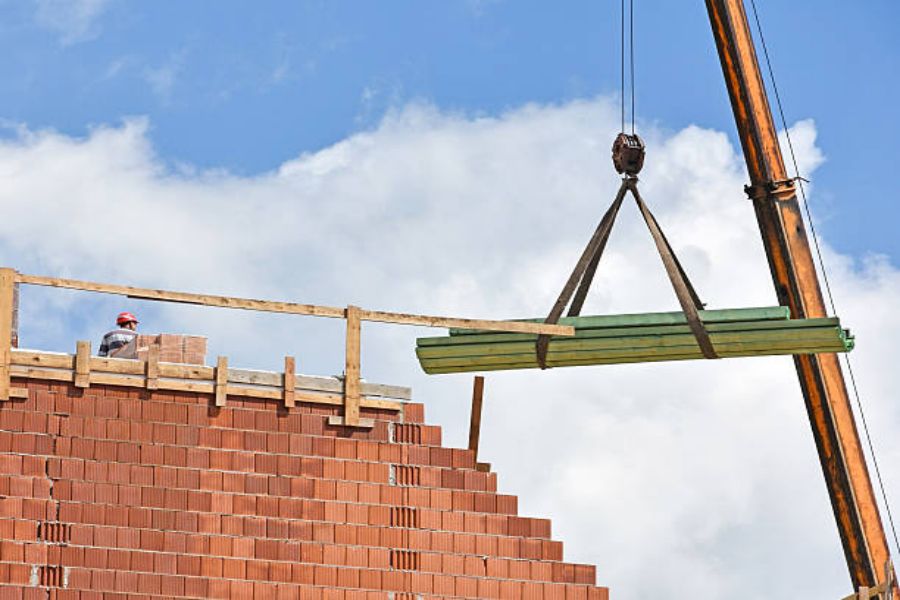Introduction
A single girder industrial crane is an overhead crane with a single girder, which is a horizontal beam that supports the lifting mechanism. These cranes are commonly used in manufacturing, warehouses, and other industrial settings for lifting and moving heavy loads. In this article, we will provide a comprehensive overview of single girder industrial cranes.
Design and Construction of Single Girder Industrial Crane
The construction of a single girder industrial crane consists of a single beam or girder that supports the hoist and trolley. The girder is usually made of steel and can be either box-shaped or I-beam. The hoist and trolley move along the girder's length, and the load is attached to the hoist. The crane's design should match the facility's specific requirements. The crane's design should minimize the dead weight while maximizing the load-carrying capacity.
Advantages of Single Girder Industrial Crane
The main advantage of a single girder industrial crane is its lower construction cost and ease of installation, coupled with reduced dead weight. The crane's compact design allows it to operate in small spaces. Single girder cranes are ideal for low-headroom applications where vertical space is limited.
Applications of Single Girder Industrial Crane
Single girder industrial cranes are used in various applications, such as steel mills, automotive companies, machine shops, and warehouses. They are suitable for handling medium weight loads that require frequent lifting and moving. These cranes are ideal for manufacturing and maintenance and repair operations. Single girder cranes are common in indoor facilities, but outdoor versions are also available.
Standard Features of Single Girder Industrial Crane
The standard features of a single girder industrial crane include an electric motor, a hoist, a trolley, a control panel, and a limit switch. The crane's hoist and trolley operate on electrical or pneumatic power, depending on the application. The control panel allows the operator to control the movements of the crane.
Load Capacity of Single Girder Industrial Crane
Single girder industrial cranes can lift loads ranging from 0.5 tons to 20 tons, depending on the crane's design and capabilities. The design must consider the load's weight, shape, and size to ensure safety. The crane's lifting capacity depends on factors such as the crane's span, the girder's weight, and the trolley and hoist's lifting capacities.
Maintenance and Inspection of Single Girder Industrial Crane
Like any other piece of equipment, single girder industrial cranes require regular maintenance to ensure optimal performance and safety. The crane's manufacturer and specifications provide guidelines for inspections, maintenance, and repair. The inspection process involves assessing the crane's mechanical and electrical components for wear and tear, damage, and any other issues.
Operator Safety Measures
The safety of the operator and other personnel should be a top priority when using a single girder industrial crane. The operator should undergo proper training and certification to operate the crane safely. Moreover, the crane should have safety features such as an emergency stop button, limit switches, and overload protection to prevent accidents and damage.
Cost of Single Girder Industrial Crane
The cost of a single girder industrial crane depends on several factors such as the crane's design, load capacity, and manufacturer. The cost may also vary depending on the location of the facility and installation charges. Generally, single girder cranes are less expensive than double girder cranes due to their structural simplicity.
Conclusion
A single girder industrial crane is an essential piece of equipment in manufacturing and other industrial settings. The crane's compact design, ease of installation, and lower construction cost make it a popular choice in many applications. Operators must adhere to proper safety measures to prevent accidents and damage.

